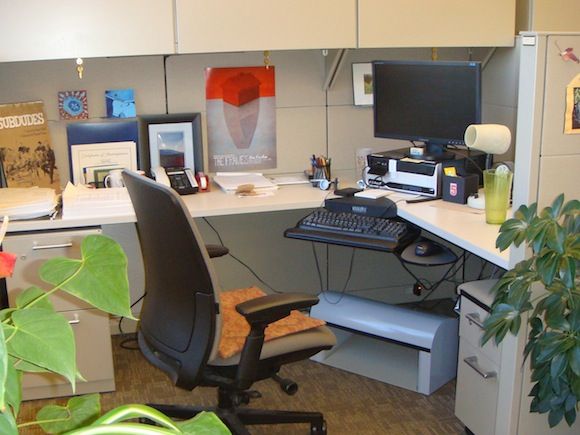There are dozens of innovative technologies being used to cut energy use in buildings: smart lighting and HVAC systems, automatically tinting windows and underfloor air-distribution systems are just a few.
These solutions offer operator controllability based on needs in a building. But few of them put the occupant squarely in the center of that controllability. That's because our individual preferences are exceedingly fickle, making it very difficult to accommodate every person's exact temperature or lighting desires.
However, researchers at the University of California, Berkeley think they have found a workable individualized solution. It's called the Personal Comfort System.
The user-responsive system features a network of low-wattage devices integrated into workstations in office buildings. It includes small fans and warmers used for "thermally sensitive" appendages like the hands, feet and the head, which can be operated manually or through a smart phone app. Those apps are also linked to software and sensors that control systems throughout the entire building, sending responses to a facility manager about how people are responding.
The technology was created at UC Berkeley's Center for the Built Environment. Researchers working on the project think the system could reduce natural gas use by up to 39 percent and electricity consumption by 30 percent in "typical California office spaces."
The picture below shows a prototype workstation. Notice the small fan next to the computer and the foot warmer that looks like it comes from the consumer-product magazine SkyMall.

Source: Center for the Built Environment.
The foot warmers, which feature efficient halogen bulbs, only use about 20 watts over the course of a (California) winter day; the small fans use only 2 watts. The system also features sensors that turn devices off when workers leave their workspaces. To recharge, it uses a lithium ferrophosphate battery.
The Center for the Built Environment recently secured a $1.6 million grant from the California Energy Commission to test the Personal Comfort System and prepare it for commercial use. Because this is still a small-scale experiment, researchers will need to take it out in the field to see how people interact with the devices.
Presumably, the system could go far beyond individual comfort by providing building operators with detailed information about how comfortable -- and energy-intensive -- occupants are in different floors or rooms. That could be another invaluable data set for companies installing software to control smart buildings.



